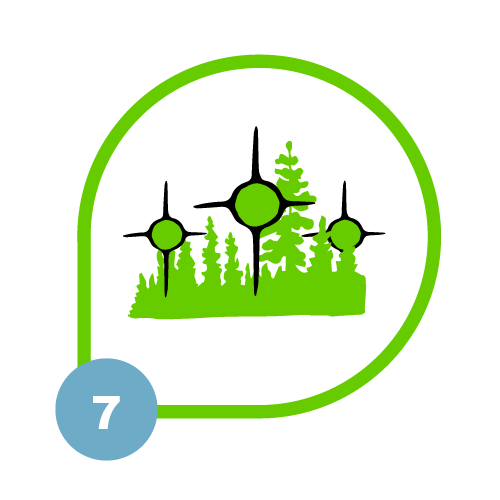All about electricity and the future
Throughout the previous six stories we have covered a lot about electricity in Ontario today. In this story, we will touch on some exciting changes impacting the future of Ontario’s electricity system. We’ll cover a few concepts again like electrification and decarbonization, and introduce new concepts and technologies. Becoming familiar with some of these changes is a part of making sure there’s enough generation for generations. If you need a re-fresh on any of the generation sources previously covered, you can click the image to the right to go back to Story 3, Electricity in Ontario.
Less carbon, more electricity
As a company, OPG is working towards reaching net-zero by 2040, and helping the broader economy reach net-zero by 2050. We need to focus on two big things to get there. One is getting Ontario’s overall emissions as low as possible. That’s decarbonization. The second is getting more things to run on cleaner electricity.
You may recall from Story 2 that Ontario already has one of the cleanest electricity supply mixes in the world, and that Ontario’s electricity sector will have a big impact in reducing province-wide emissions. To find out more review the IESO’s Energy transition to the left.

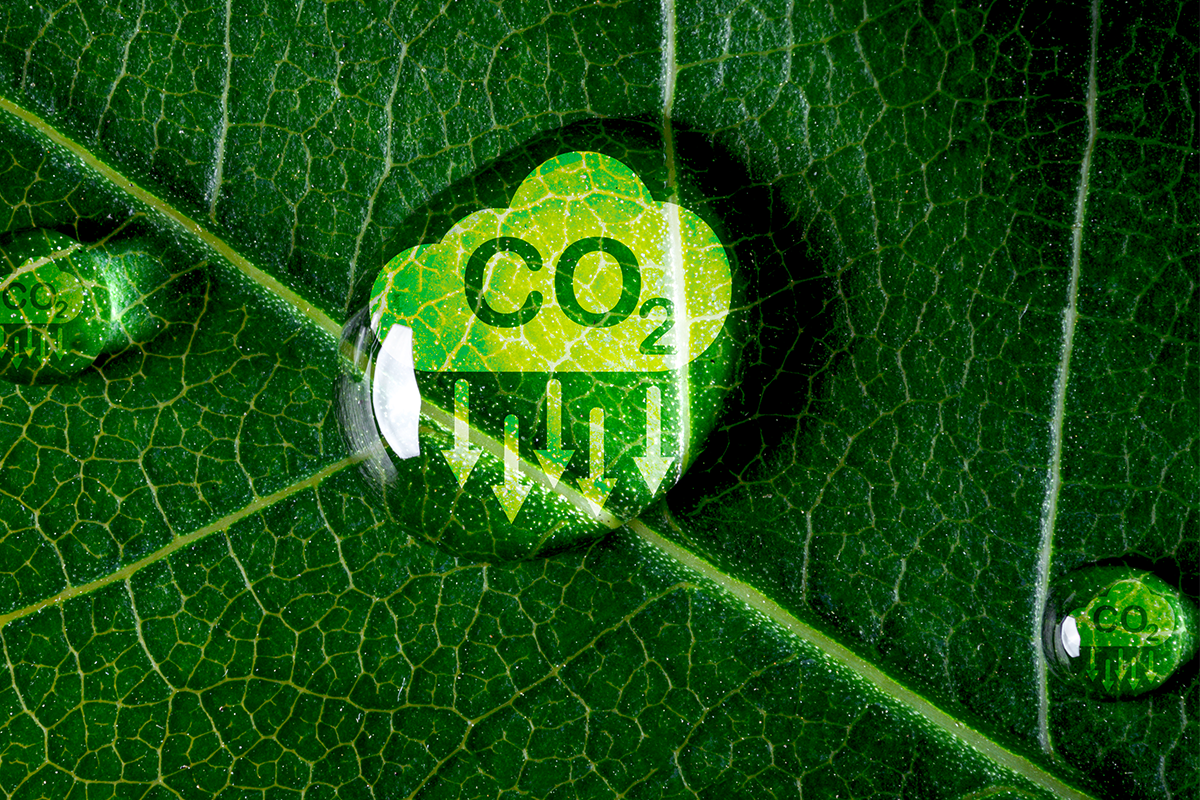
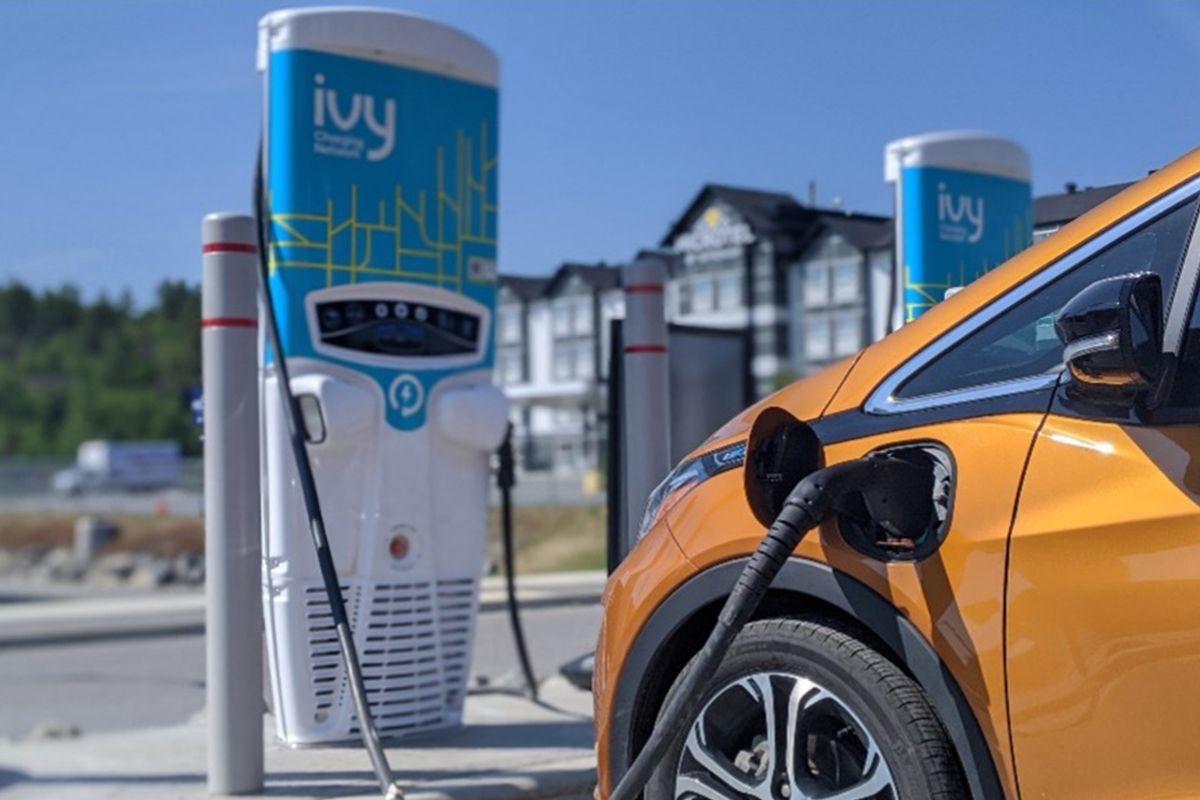
OPG’s effort to reduce carbon dioxide
In Story 2, Climate Change, you found out we stopped burning coal ten years ago, and that Ontario has one of the cleanest low-carbon energy mixes in the world.
In Story 4, Renewable Power Generation, you found out about renewable power generation technologies such as hydroelectric, wind, solar, and biomass.
In Story 5, Nuclear Power Generation, you found out that nuclear generating stations are the backbone of Ontario’s electricity system, and how this contributes to Ontario having one of the cleanest energy mixes in the world. You also found out that we’re going to use new types of nuclear technology in the future, like Small Modular Reactors at Darlington.
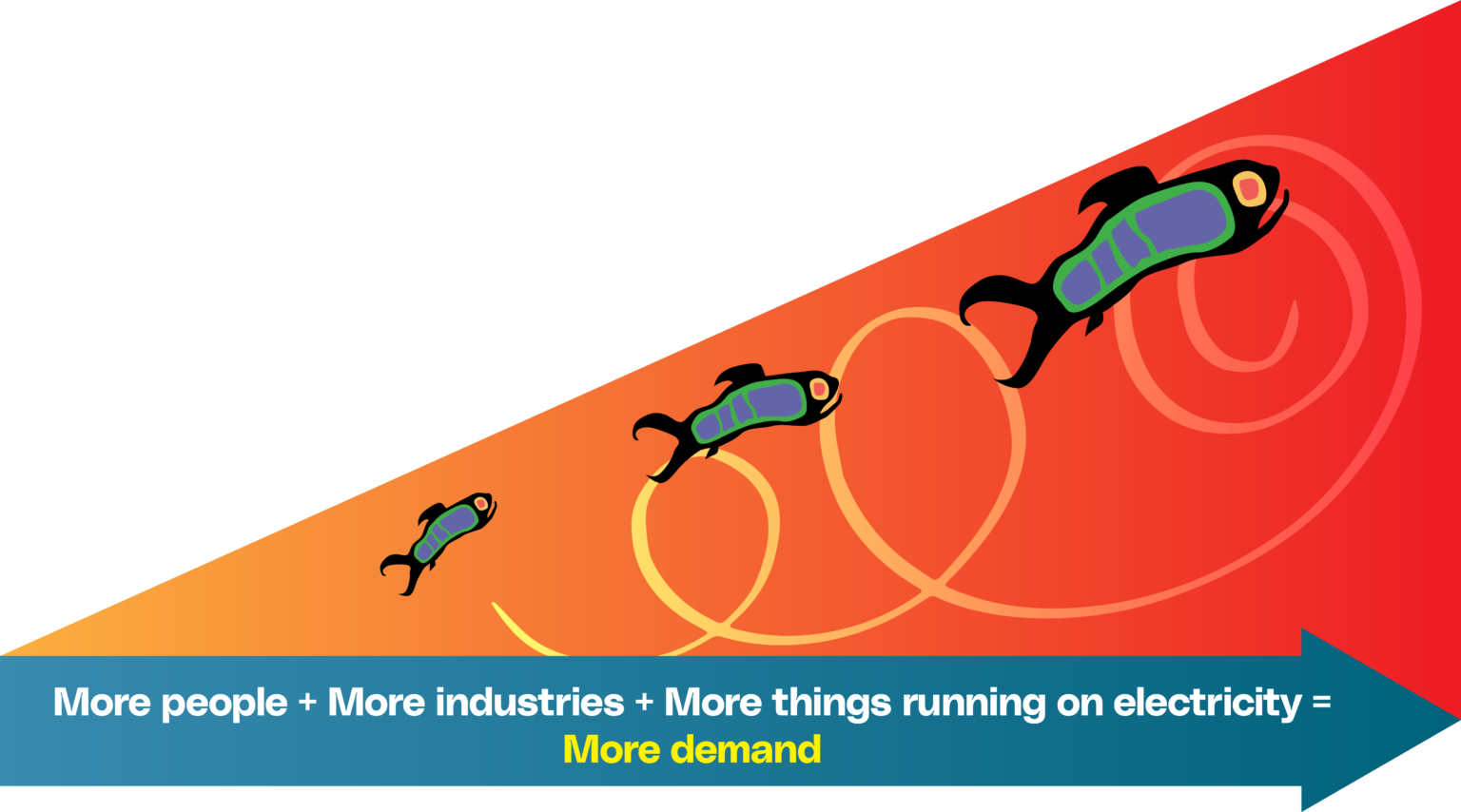
Carbon dioxide reduction
Ontario already has one of the cleanest energy mixes in North America and the world. But we’re always trying to find ways to make it even cleaner. One of the things we’re looking at is carbon dioxide reduction through various methods.

Find out more about carbon capture
A smarter grid
In Story 3, Electricity in Ontario, you found out that the grid is the system that links you to the companies that generate electricity, like us at OPG. Well, there’s a new way to design a grid and it’s smart!

A smart grid
A smart grid uses sensors and other technologies to let it know when you’re using electricity and when you’re not. Digital communication also enables more grid automation and control, helping to move electricity around to those who need it when others don’t. It’s more complicated than that for sure but you get the idea. This makes a smart grid more responsive, reliable, secure, and efficient.
A cool thing about smart grids is that you’ll be able to find out how much electricity you’re using whenever you want, and this allows for different pricing plans like time-of use. This will help you make more informed decisions about your electricity use. Find out more about Ontario’s time of use pricing here Choosing your electricity price plan.
Recall from Story 3 that the OEB is responsible for setting Ontario’s electricity rates and the IESO controls the grid in real-time.
Electrifying life – The future is electric
Electrification is a key part of getting to a net-zero economy. But how fast it happens depends partly on the choices everyone makes.
Electrifying life in Ontario is going to take some time, and we’re already planning for the extra electricity everyone will need.
Ivy Charging Network
With Hydro One, we’ve set up the Ivy Charging Network for electric vehicles (EVs). Ivy provides reliable Level 2 and Level 3 charging across Ontario, allowing you to go wherever, whenever. From north to south, east to west, Ivy is there.
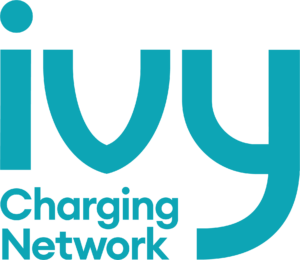

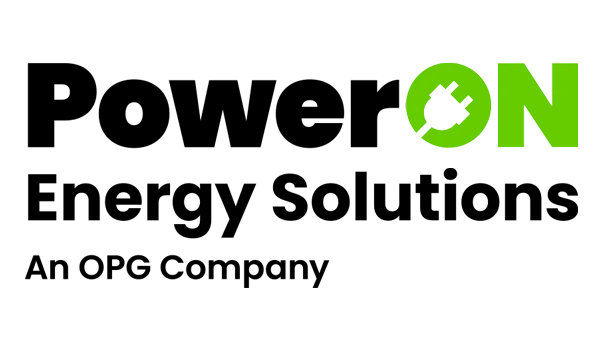
PowerON Energy Solutions
PowerON (a subsidiary of OPG) is leading the way in electrifying fleet vehicles like the buses at the Toronto Transit Commission (TTC).
Long-term management of used nuclear fuel
We’ve been safely storing our used fuel for over 40 years. The challenge is that what we are doing right now is only a temporary solution. In the last story (Nuclear Waste, Safety, and Security) you learned that used fuel needs a safe and secure home for a long, long time. This is where the Nuclear Waste Management Organization (NWMO) comes in.
The NWMO is in the process of choosing a site that will store used fuel on a permanent basis. That solution is a Deep Geologic Repository (DGR). A DGR is a facility built about 500 meters under the ground in solid rock. The used fuel that goes there will stay safe and secure in the DGR forever.

Deep geological repositories
The NWMO is looking at two potential sites in Ontario that have the right qualities to safely store the waste forever. NWMO is using best practices from around the world to design the safest DGR it can.

Low-carbon hydrogen production
As introduced in Story 3, Atura Power is a part of OPG’s family of companies. Atura Power is also doing its part to support Ontario’s transition to a net-zero economy.
Atura Power is building a hydrogen production centre in Niagara Falls. The Niagara Hydrogen Centre will be Ontario's largest green hydrogen producer. The centre will use renewable electricity, generated by a dam near Niagara Falls, to power their electrolyzer system. An electrolyzer splits water into hydrogen and oxygen molecules.
Once built in 2025, the Niagara Hydrogen Centre will be an important green hydrogen source for transport trucks, buses, and industry in Ontario to help reduce the reliance on petroleum-based fuels. Hydrogen will also be blended with the natural gas fuel at Atura Power’s Halton Hills generating station to reduce that power plant’s emissions.

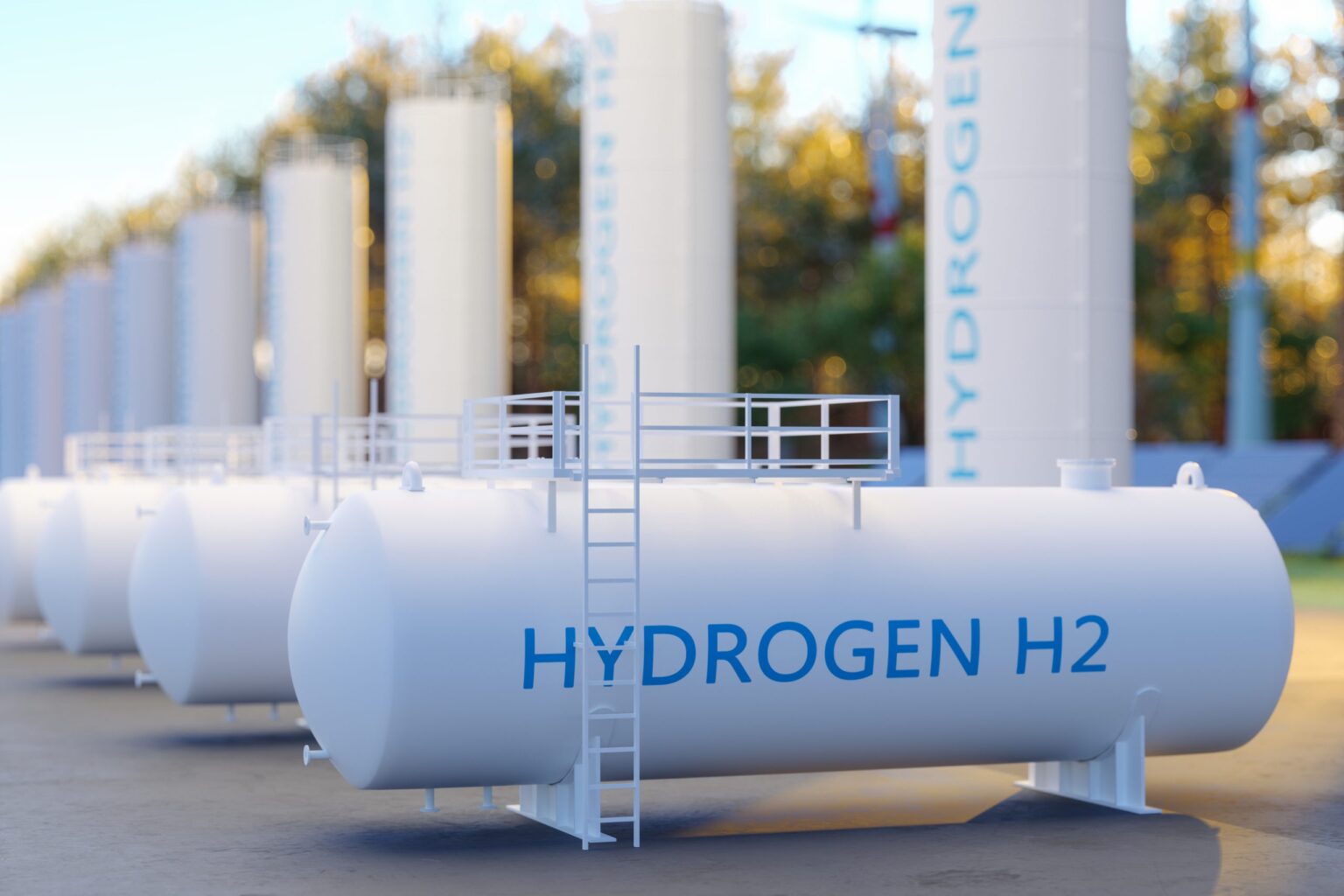
Battery energy storage systems (BESS)
Battery energy storage systems receive power when generation is high and not needed by the grid, and can store this power until the system needs it more, when the batteries release the power back into the grid. This helps to support a more flexible and reliable system.
Solar and wind generation can only generate electricity on sunny days and when the wind blows. On cloudy and calm days, battery energy storage systems help by releasing electricity back into the system when it is needed.
No battery energy storage systems have been built in Ontario yet, but the IESO has just completed a process to introduce this new technology to the grid. Atura Power is building a battery energy storage system in Napanee, Ontario.
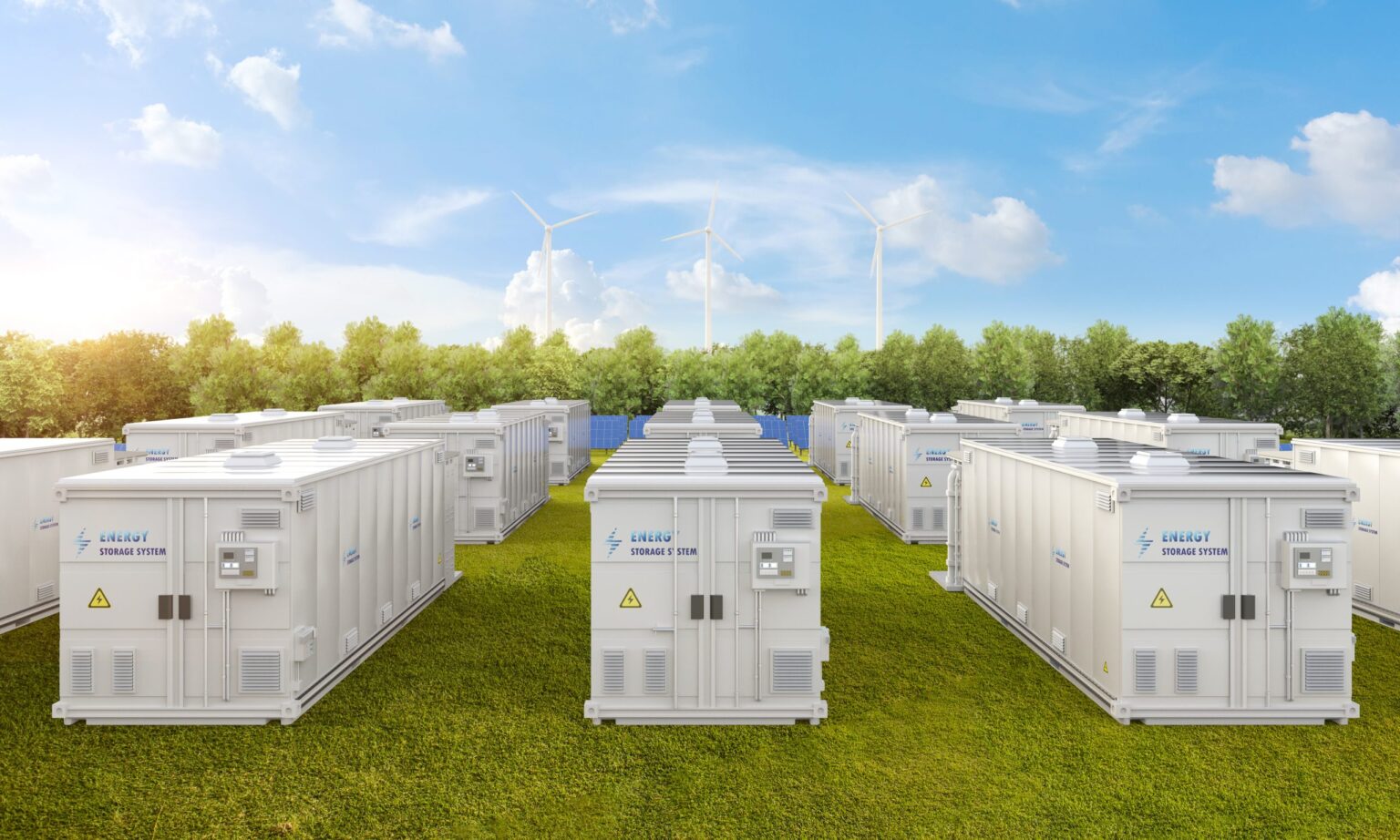
Learn more about Atura Power
Niagara Hydrogen Centre
Niagara Hydrogen Centre - Atura Power
Halton Hills Hydrogen Blending
Hydrogen - Atura Power
Battery Storage
Energy storage - Atura Power
Some of the big challenges and questions
There are many challenges and opportunities facing the electricity system of the future. OPG, as Ontario’s largest generator, and a leading innovator in cleaner energy has a big role to play, but we are not the only ones. All of the players that we learned about in Story 3 have a part to play in helping to meet rising electricity demand and ensuring continued reliable, low-emitting energy. Below, we will lay out some important questions and provide some insight into what is being done to address them, along with links to where you can find out more. This list is intended to spark curiosity and is not exhaustive. We hope that these final thoughts will help us continue conversations on many opportunities facing the sector to come.

A lot more people and industries in Ontario needing electricity.
More things running on electricity because of electrification from home heating to EVs and everything in between.

How do we meet increased demand as more people electrify their lives?


More people charging EVs at night when demand has usually been low
More demand in the cooler months because of the electrification of home heating and EVs needing to be recharged more often

How do we deal with daily or seasonal changes in demand because of electrification?


Climate change is real and it’s here

What are some of the other things we can do to respond to climate change?


There’s already a shortage of skilled workers
A lot of new projects are needed to meet the increased demand for electricity

Where are the skilled workers coming from to build and run our new projects?


